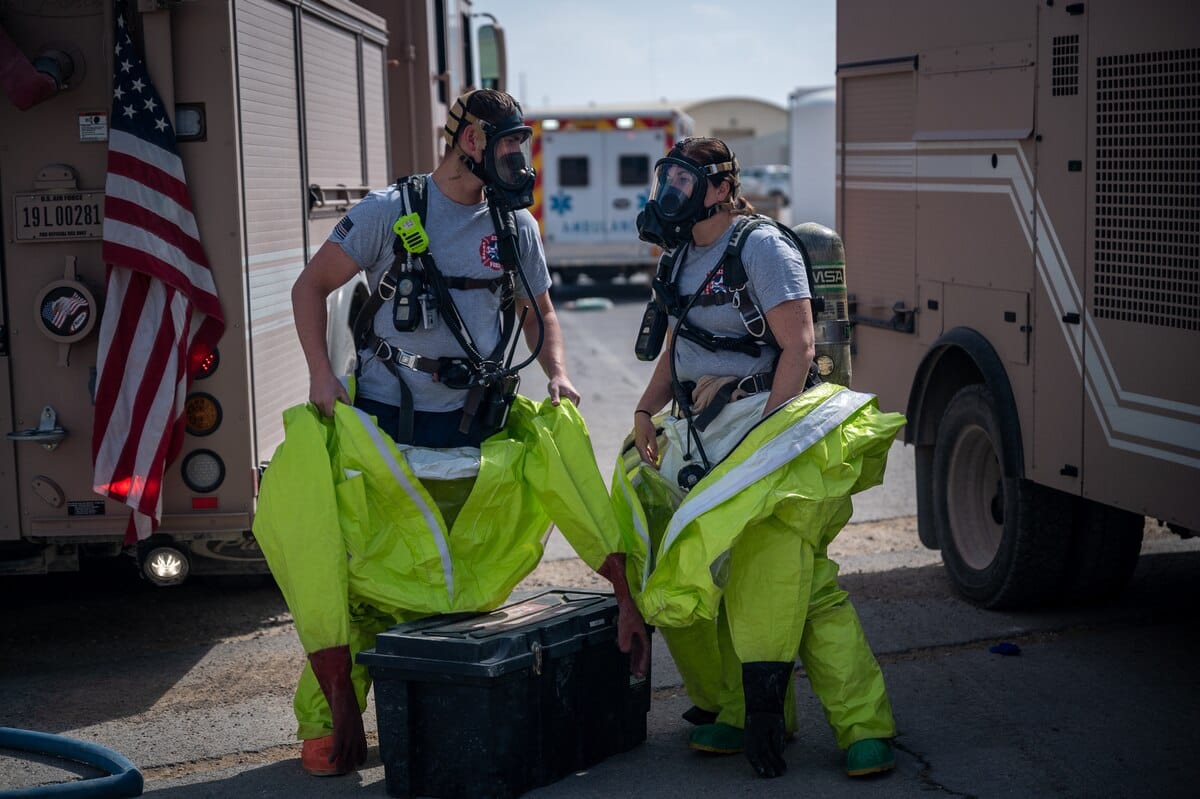
I remember a trade fair in Cairo where a buyer was showing me PPE gear that seemed too good to be true—low prices, fast delivery, and shiny certificates. A few weeks later, the product was rejected at customs because the certificates were fake, and he lost out on a government contract. That experience was a wake-up call for both him and me—fake certificates and compliance delays are some of the most costly pitfalls in international PPE trade.
Emerging market traders in Africa, the Middle East, South America, and Central Asia are especially vulnerable to this risk. Some suppliers may present counterfeit documentation to lure buyers with low prices, but when the goods arrive, they can’t be sold or used due to non-compliance with local or international standards.
In this guide, we’ll look at how to verify certificates, avoid compliance delays, and protect yourself from costly import rejection or reputational damage.
To avoid fake certificates and compliance delays, always verify certificates with issuing bodies, request copies of test reports, and use third-party inspection services. Understand the specific standards for your target market (EN, ANSI, local), and avoid suppliers who can’t provide direct proof of certification.
Why Fake Certificates Are a Serious Risk
1. Customs Seizures
- Why it matters: Importing non-compliant PPE can lead to customs seizures, fines, and delayed shipments.
- Example: A Colombian distributor had 3,000 pairs of boots held for over a month at Bogotá Airport due to missing CE certification verification.
- Buyer Tip: Always request the certificate number and verify it with the issuing authority.
2. Liability & Legal Exposure
- Why it matters: If the PPE fails to meet safety standards, your company could be held liable for worker injuries.
- Example: In 2024, a PPE importation company in Nigeria faced legal action after supplying substandard safety boots without proper EN 20345 certification.
- Buyer Tip: Confirm compliance with local safety regulations before distribution.
3. Reputation Damage
- Why it matters: Selling fake or non-compliant PPE can damage your reputation, causing loss of future contracts.
- Example: A UAE distributor lost a 5-year government supply contract after importing non-certified respirators.
- Buyer Tip: Avoid rushing orders to cut costs; prioritize compliance.
4. Long-Term Costs
- Why it matters: Replacing non-compliant PPE can be more expensive than buying from certified suppliers upfront.
- Example: A Ghanaian buyer had to recall thousands of non-compliant helmets, costing 2x the original purchase price in replacements and shipping fees.
- Buyer Tip: Don’t skimp on certification verification just to save a few dollars per unit.
How to Verify PPE Certifications
| Step | Action | Example |
|---|---|---|
| Request Certificate | Ask for the certificate number and full details | EN ISO 20345, CE 0123, ASTM F2413 |
| Contact Issuing Body | Verify directly with the certification body | Check via official websites (e.g., BSI, SGS) |
| Verify Test Reports | Request a copy of the latest test reports | Ensure they match the specific product model |
| Third-Party Inspection | Hire an independent inspection company | SGS, Bureau Veritas, Intertek |
Real-World Buyer Cases
Case #1 – Nigerian PPE Importer
Received PPE with fake EN ISO certificates. Product was held at Lagos Port for 4 weeks, costing $7,000 in fines and storage fees. Changed suppliers after verifying certification properly.Case #2 – Brazilian Distributor
Prior to ordering, they requested direct verification from the CE issuer. This avoided costly customs fines after they found discrepancies in paperwork from a competing supplier.Case #3 – South African Construction Supplier
Insisted on third-party inspections for every order. No certification issues in 5 years of importing PPE, and they’ve built a solid reputation with local government contracts.
Buyer FAQ
Q1: How can I tell if a certificate is fake?
A: Always verify the certificate with the issuing authority. Many certification bodies have online databases for verification.
Q2: What if the supplier refuses to provide a copy of the certificate?
A: Walk away—reliable suppliers always provide certification documentation upfront.
Q3: Should I always go for international standards (EN, ANSI)?
A: Yes, if the local market accepts them. International certifications carry more credibility and can help with cross-border trade.
Q4: How often should I verify certificates?
A: At least once per shipment, and always if the supplier changes or if you’re dealing with new products.
Procurement Checklist
- [ ] Request certificate number and verify with issuing body
- [ ] Ask for test reports matching the product batch
- [ ] Use third-party inspections for high-risk or high-volume orders
- [ ] Familiarize yourself with local market compliance requirements
- [ ] Verify the supplier’s compliance history before large orders
Conclusion
Fake certificates and compliance delays can ruin a PPE business—causing customs headaches, legal liability, and damage to your reputation. By taking the time to verify documents, request test reports, and use third-party inspections, you’ll avoid costly mistakes and build a sustainable, compliant business in emerging markets.
📩 Need compliance verification and procurement strategies?
Email: [email protected]
🌐 www.workwearsolutions.net
Zion Zhang
Recent Posts
 PPE Distributor Success Stories: From Small Orders to Large Contracts2025年8月20日I’ll never forget the story of a small distributor in […]
PPE Distributor Success Stories: From Small Orders to Large Contracts2025年8月20日I’ll never forget the story of a small distributor in […] How to Build a Strong PPE Sales Channel in Emerging Markets: A Buyer’s Guide2025年8月20日I was in a meeting with a distributor from Lagos, Nigeria, […]
How to Build a Strong PPE Sales Channel in Emerging Markets: A Buyer’s Guide2025年8月20日I was in a meeting with a distributor from Lagos, Nigeria, […]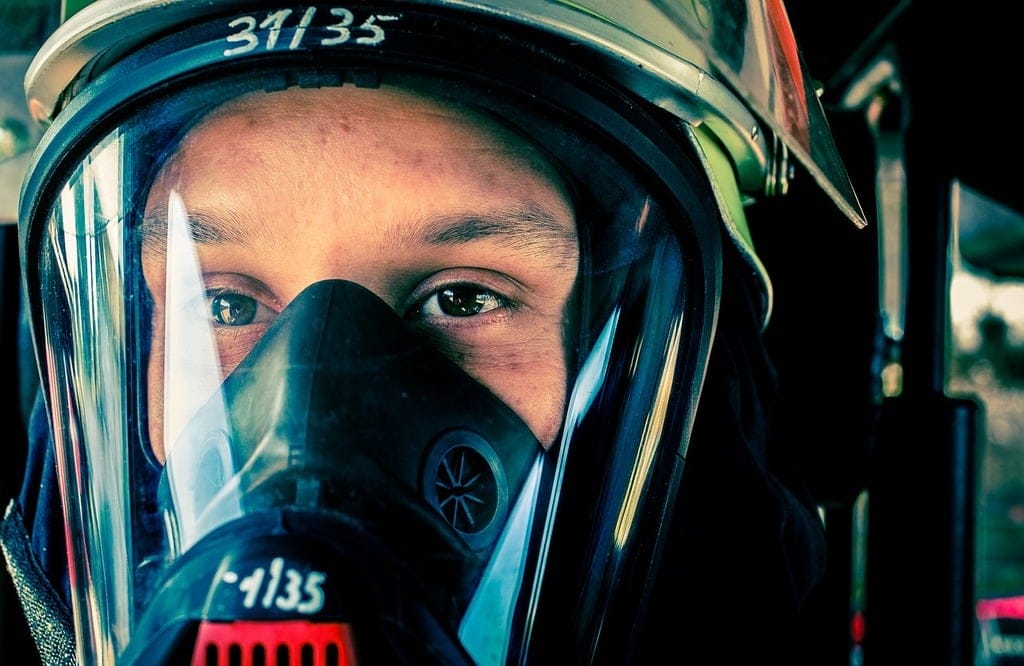 PPE Supplier Risk Management: How to Avoid Supply Chain Failures2025年8月20日One of the most valuable lessons I’ve learned in the PPE […]
PPE Supplier Risk Management: How to Avoid Supply Chain Failures2025年8月20日One of the most valuable lessons I’ve learned in the PPE […]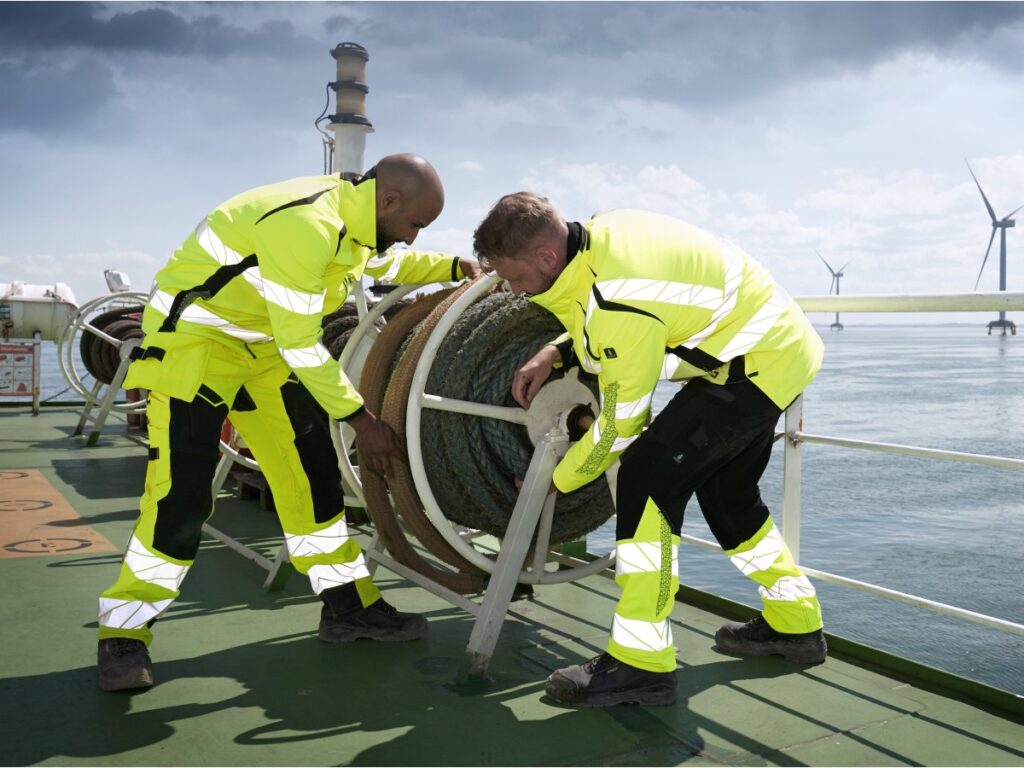 PPE Quality Inspection: Buyer Case Studies2025年8月20日When you’re sourcing PPE from international suppliers, […]
PPE Quality Inspection: Buyer Case Studies2025年8月20日When you’re sourcing PPE from international suppliers, […]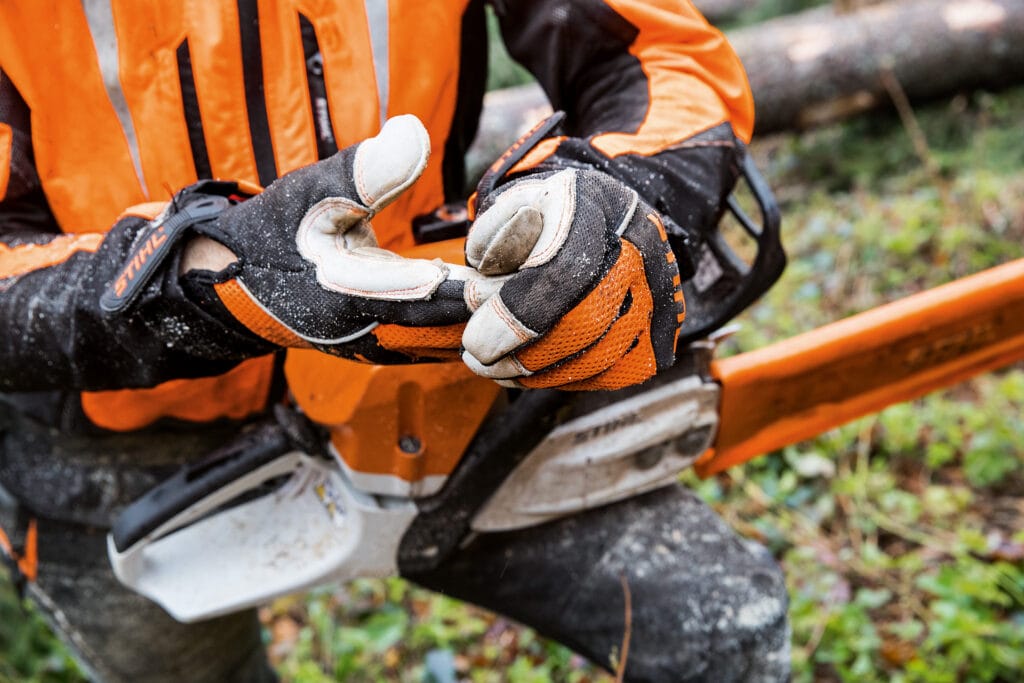 PPE Negotiation Tactics for Emerging Markets: A Buyer’s Guide2025年8月20日When I first started working in the PPE industry, I learned […]
PPE Negotiation Tactics for Emerging Markets: A Buyer’s Guide2025年8月20日When I first started working in the PPE industry, I learned […]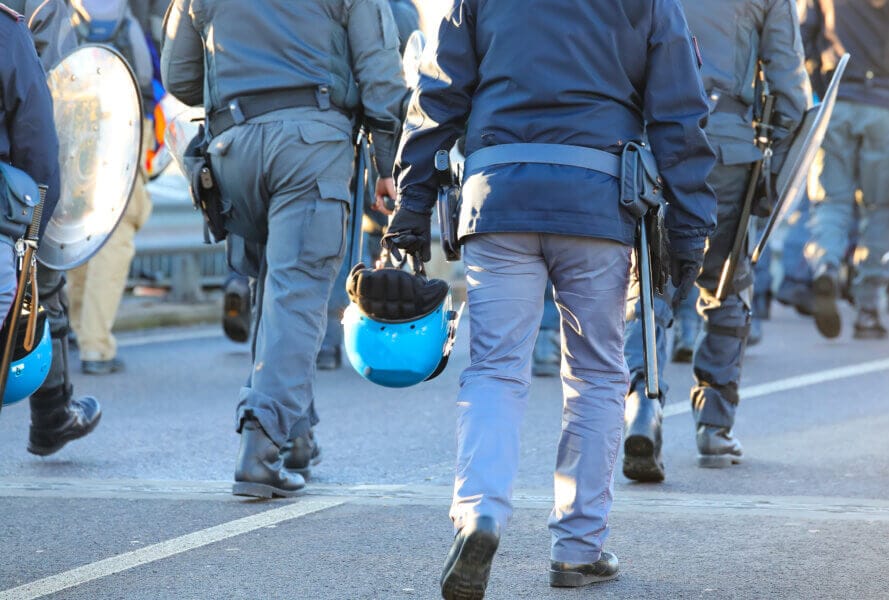 Customizing Workwear & PPE for Local Markets: A Practical Guide2025年8月20日When I first started working in the PPE industry, I saw a […]
Customizing Workwear & PPE for Local Markets: A Practical Guide2025年8月20日When I first started working in the PPE industry, I saw a […]
CONTACT US
- Feel free to contact us any time. We will get back to you as soon as we can!
- +86-17330061805
